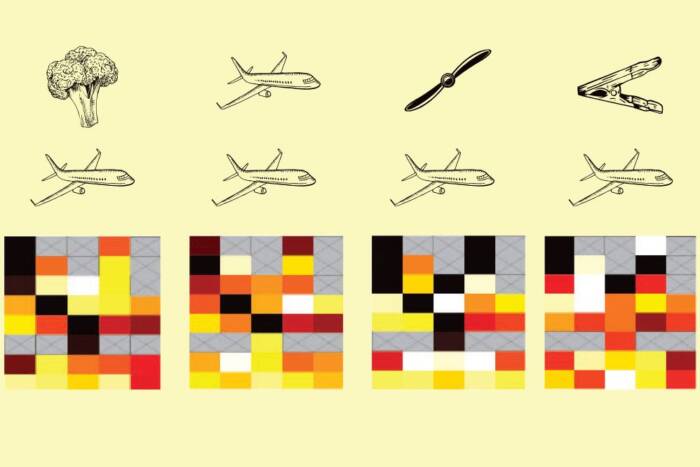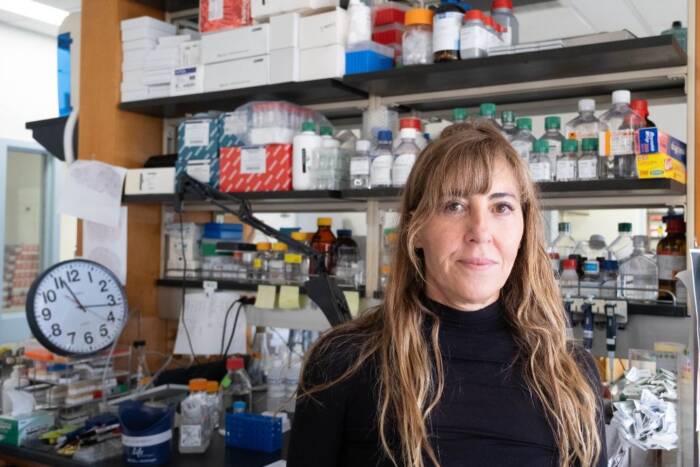Solving a crucial bottleneck in drug discovery
Many existing antibiotics were derived from soil bacteria, which naturally produce these toxins to ward off competitors. But efforts to draw more therapeutics from the ground have hit a snag. Most species cannot be grown in the lab, and even soil bacteria that can be cultured tend to keep their most promising toxins within the black box of a biosynthetic gene cluster—genes that function as a unit to collectively code for production of a molecule.
BGCs are frustratingly silent in laboratory settings, and scientists can often only access them by capturing the entire problem genome(s) into a disorganized library of DNA fragments. They then painstakingly pick through a mess of clones to find their target.
“We’re usually looking for a single clone in a pool of between 10,000 and 50,000,” says Jan Burian, a postdoctoral associate in the laboratory of Sean F. Brady at The Rockefeller University. “It’s a real bottleneck.”
In a new paper published in Nature Biotechnology(opens in new window), Brady, Burian, and colleagues describe a novel method that employs CRISPR technology to cut the time required to identify novel antibiotic-producing DNA from weeks to just two days.
Although CRISPR typically works by eliminating DNA sequences, a modified version of the technology can be used disrupt the expression of a gene rather than chopping it up. Burian and colleagues used this modified CRISPR-Cas9 to target sacB, a so-called “counterselection” gene that kills bacteria in the presence of sucrose. They silenced sacB in only the clone that they hoped to isolate, and then added sucrose to the entire clone pool. Only the desired clone survived the sugar deluge.
Part of the excitement surrounding the new method is that it will enable faster drug discovery. The Brady lab has already used the new method to retrieve more than 60 novel BGCs, in record time. “We can screen so much more biodiversity so much faster now,” Burian says. “Novel discoveries will start happening at rates that just weren’t possible before.”



